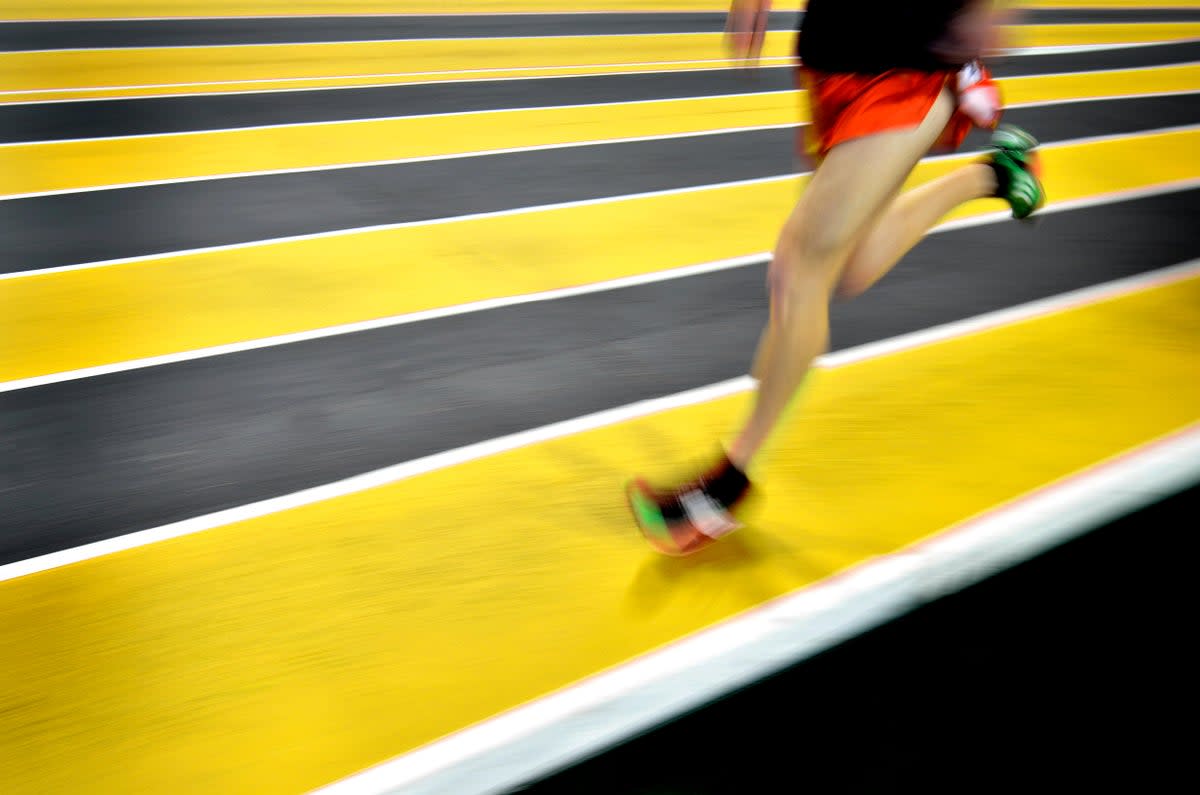Male athletes have stiffer arteries than women of same calibre, study suggests

Male athletes appear to have “older” and stiffer arteries than women of the same calibre, a study suggests.
Researchers said their findings suggest older male athletes could be at higher risk of heart and circulatory diseases than female competitors of a similar age.
However, they urged people to still exercise, saying the benefits of moderate, regular exercise for heart health are well proven.
The research, which has not yet been peer-reviewed, was presented at the British Cardiovascular Society (BCS) conference in Manchester.
For athletes who train in endurance exercise, their hearts must work harder to pump blood around the body
Professor James Leiper, British Heart Foundation
For the study, funded by the British Heart Foundation (BHF) and Cardiac Risk in the Young (CRY), researchers from Barts Heart Centre at St Bartholomew’s Hospital, St George’s Hospital and University College London (UCL) studied more than 300 “masters” athletes.
These were people aged over 40 who had taken part in more than 10 endurance events and had exercised regularly for at least 10 years.
The group contained an equal number of males and females – a mix of cyclists, swimmers, rowers and distance runners (who made up the biggest proportion).
Researchers found that the aortas of the men were stiffer and, on average, 9.6 years older than their chronological age, while female athletes had a vascular age that was around the same as their actual age.
The aorta is the largest artery in the human body and carries oxygen-rich blood away from the heart and to other parts of the body, including the brain.
Professor James Leiper, associate medical director at the BHF, said further research was needed but added: “For athletes who train in endurance exercise, their hearts must work harder to pump blood around the body – and research has shown that in some cases this can cause changes to the heart.
Our research showed that in masters athletes, the aorta is generally stiffer in men and their vascular age is therefore older
Dr Rebecca Hughes, British Heart Foundation
“It is important to note that exercise is proven to reduce the risk of heart and circulatory diseases, helping to control weight and lower both blood pressure and cholesterol.”
The greatest difference researchers found was in the descending aorta, which is the section of the aorta that runs through the chest.
This was where the vascular age was discovered to be 15 years older than the average male’s chronical age.
In comparison to this, it was found in females to be, on average, six years younger.
Dr Rebecca Hughes, BHF clinical research fellow at UCL and Barts Heart Centre, who led the study, said: “Our research showed that in masters athletes, the aorta is generally stiffer in men and their vascular age is therefore older.
“But for women, we saw a surprisingly opposite finding, as some areas of their aorta were several years younger than their chronological age.
“In non-athletes, aortic stiffening is associated with heart and circulatory diseases.
“How this finding applies to potential risk in athletes is not yet fully understood, so more work will be needed to help identify who could be more at risk.”
While anyone can be affected by heart and circulatory disease, more men in a general population are likely to be affected than women.
Around four million men and 3.6 million women are currently living with heart and circulatory diseases in the UK.

 Yahoo News
Yahoo News 
